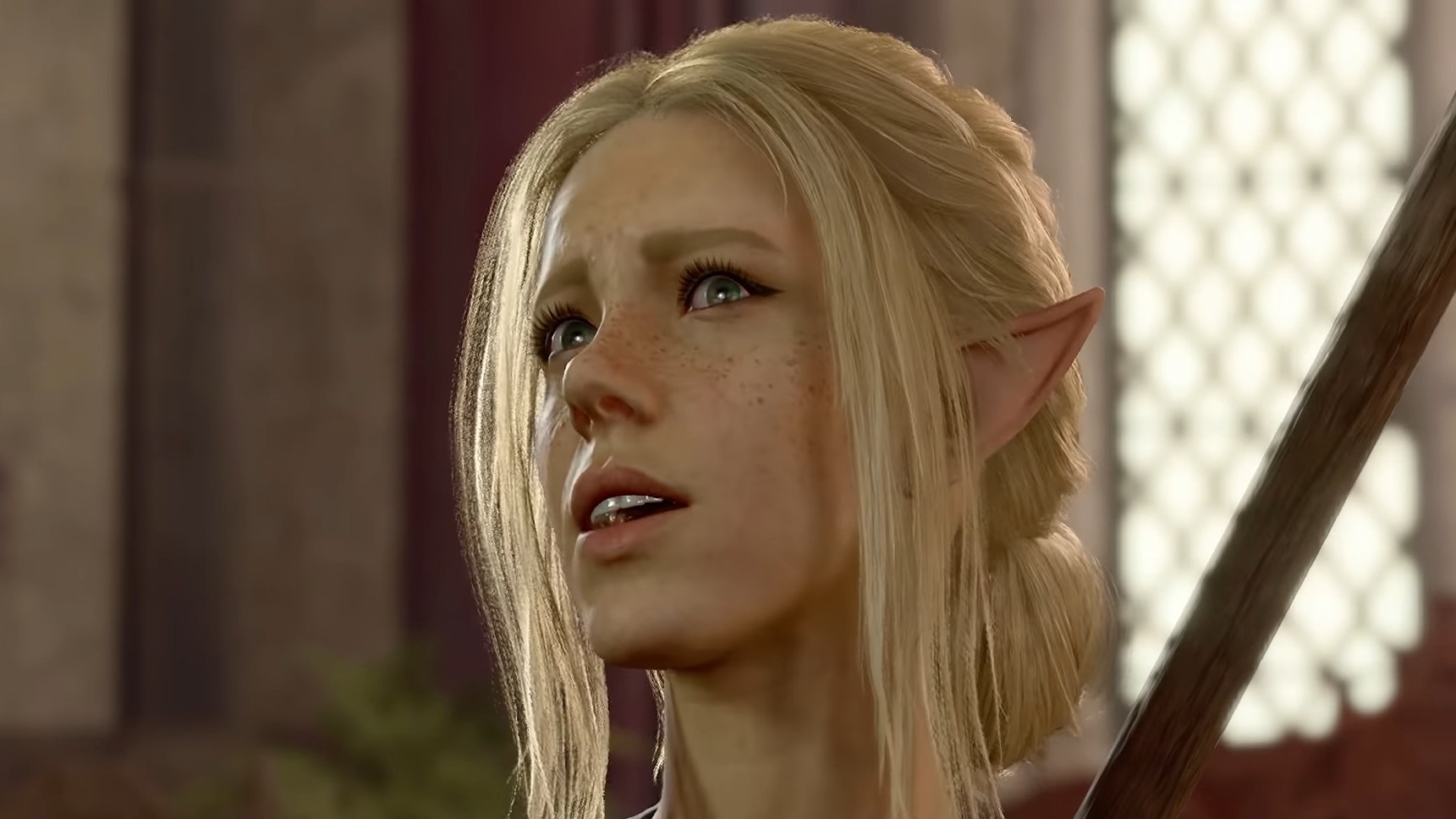Here are five of the best subclasses you need to try, out of the 12 introduced in Patch 8 of Baldur’s Gate 3.
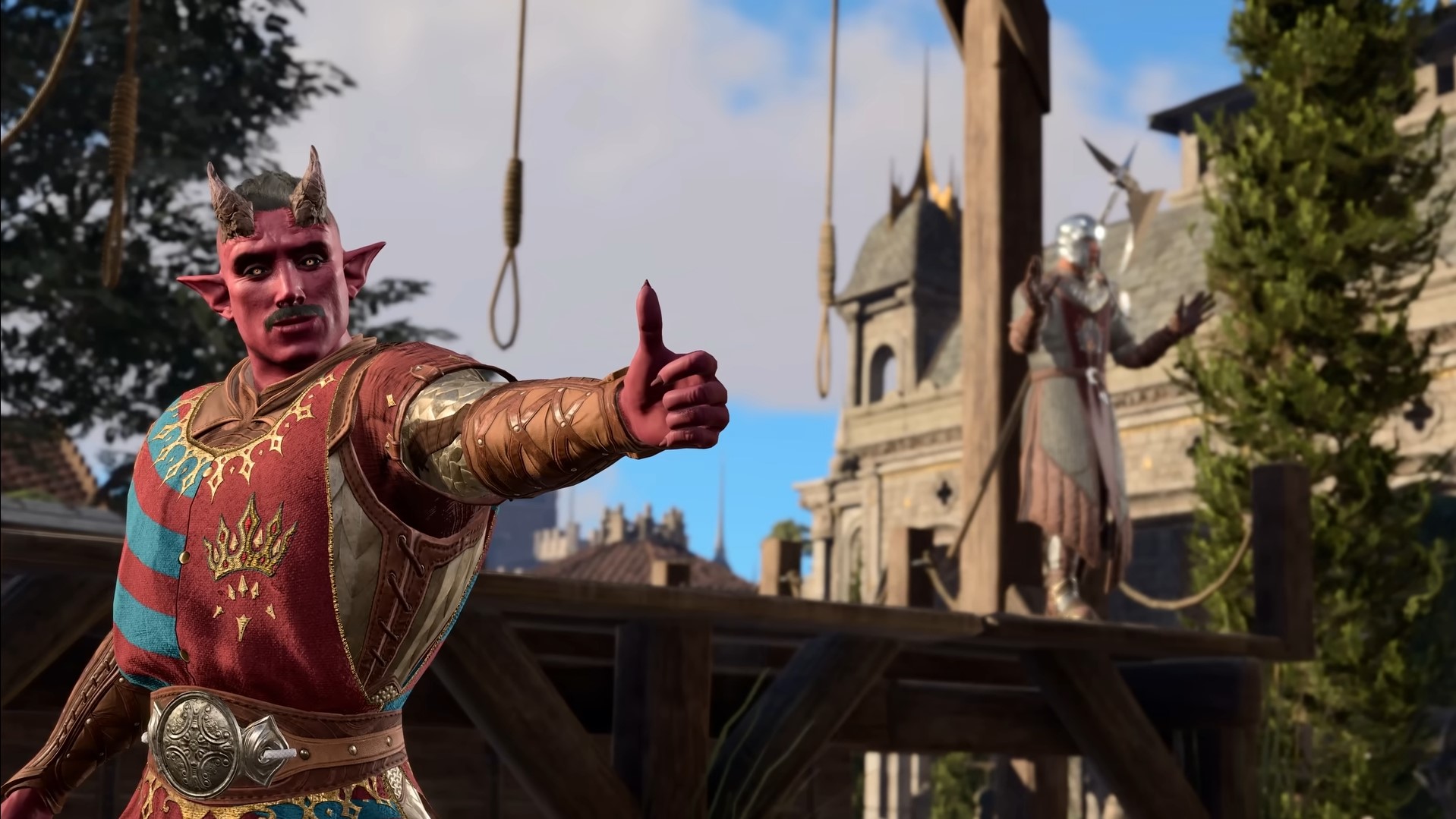
Patch 8 of Baldur’s Gate 3 is one of the largest updates to the game and brings with it 12 exciting new subclasses, one for each base class. Many of these are popular D&D 5e subclasses, which the community had been modding into the game. With dedicated subclass features promising an array of potential new builds and role-playing opportunities, the possibilities seem endless.
Let us narrow them down and look at the five most thrilling subclasses and what they offer for a new campaign or build in Baldur’s Gate 3.
5) Path of Giants
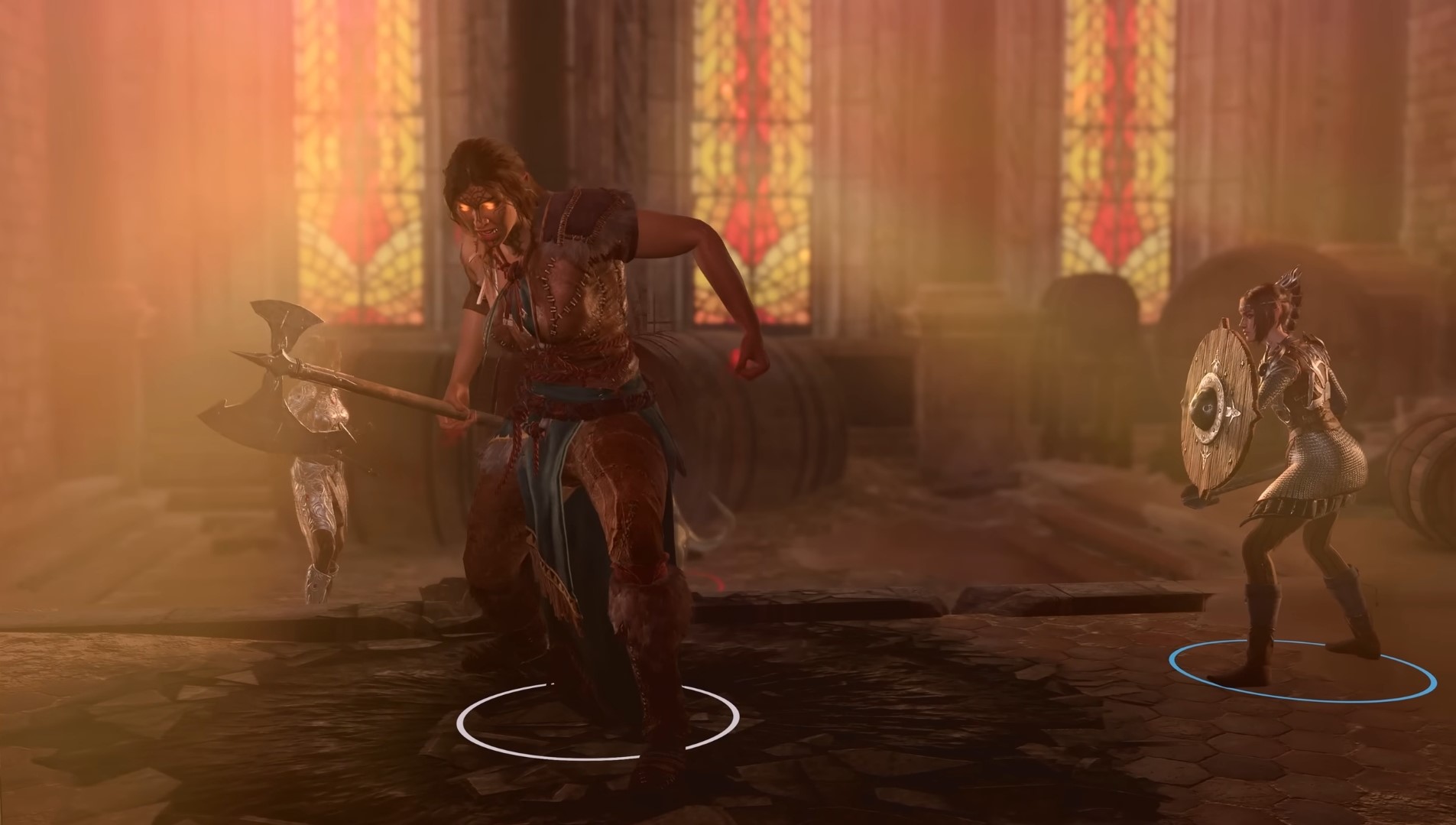
Path of Giants pushes the brute force barbarian cliche to the extreme while, paradoxically, increasing its tactical capabilities. Entering Giant’s Rage, a barbarian in the subclass can knock most targets away with Boot of the Giants, gain an elemental damage bonus to their weapon with Elemental Cleaver, and throw enemies with Mighty Impel.
The subclass can be especially fun because of its straightforward playstyle focused on throwing. Giant’s Rage increases the damage dealt with throw attacks and combines perfectly with Tavern Brawler (feat) and the magically returning thrown weapon, thanks to Elemental Cleaver. Also, the ample carrying capacity makes life easier for loot goblins in the campaign.
4) Oath of the Crown Paladin
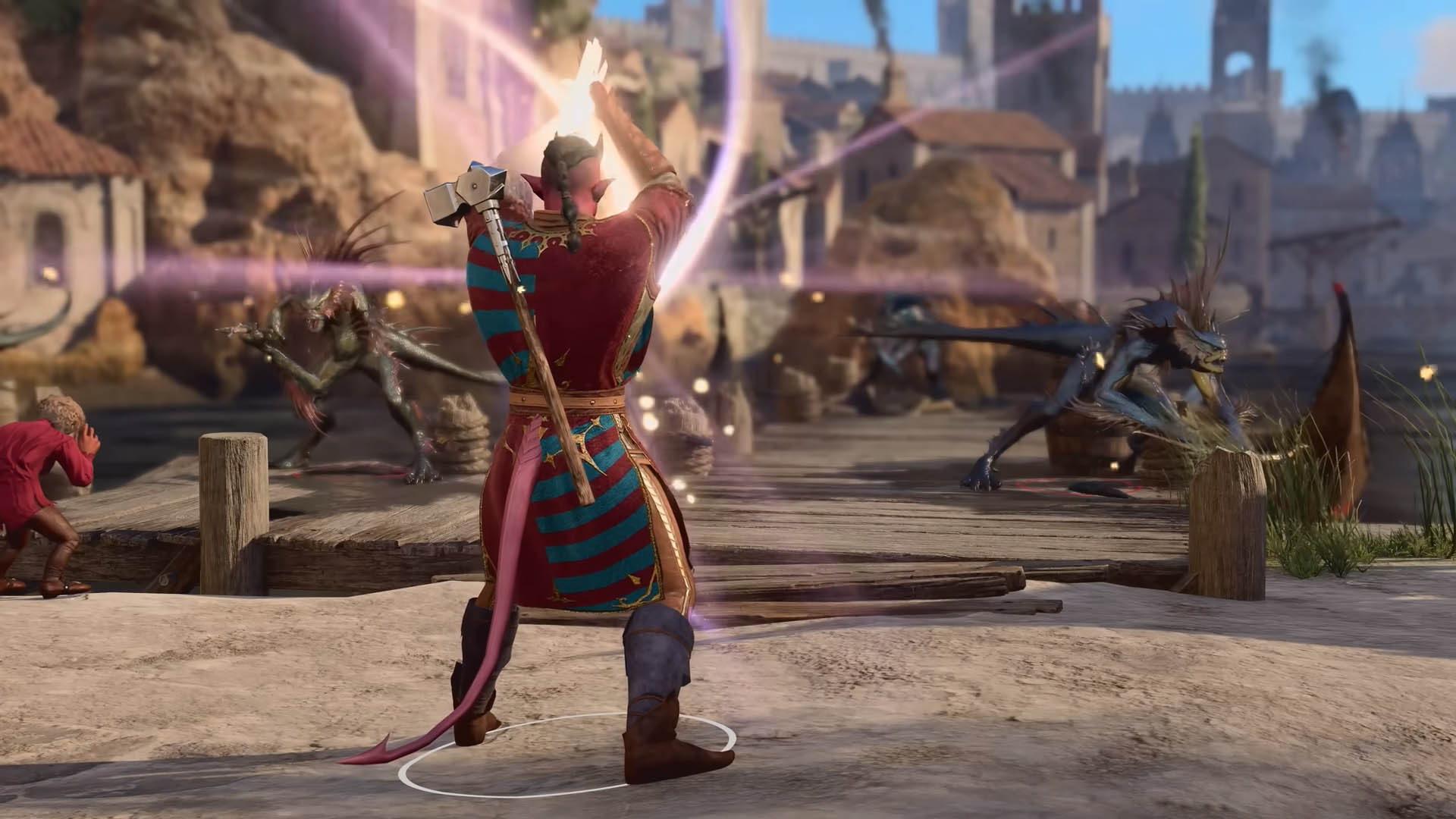
Symbolizing the ideals and purity of civilization, Oath of the Crown Paladin is hailed as the first true tank in Baldur’s Gate 3. The Paladin is the most popular subclass in the game, and the Oath of the Crown subclass infuses an even greater dose of righteousness into both its role-playing and gameplay.
An Oath of the Crown Paladin has access to several AoE abilities that make it feel like a true guardian of your party. Champion Challenge compels all nearby enemies to attack the paladin, while Turn the Tide can heal allies, and Crusader’s Mantle can bless their weapons with Radiant damage. Not to mention how well Spirit Guardians works when surrounded by taunted foes.
3) Circle of the Stars Druid

Transcending to commune with the cosmos, Circle of the Stars Druids retain their spellcasting and equipment bonuses when they use Wild Shape. Instead of transforming into a creature, the druids take on Starry Forms that provide versatile abilities at the cost of a bonus action. The Starry Form Archer deals long-range Radiant damage with Luminous Arrow. The Chalice form heals, and the Dragon form is a powerful source of AoE damage.
As you level up, each form is buffed with Twinkling Constellations, and the Dragon form even introduces flight. The class makes use of two new resources. Star Maps are used to cast Guiding Bolt, and Cosmic Omens buff allies with improved chances on Attack Rolls, Saving Throws, and Ability Checks. The subclass rewards careful positioning and tactical play, making it ideal for players who enjoy planning their moves in advance.
2) Hexblade Warlock
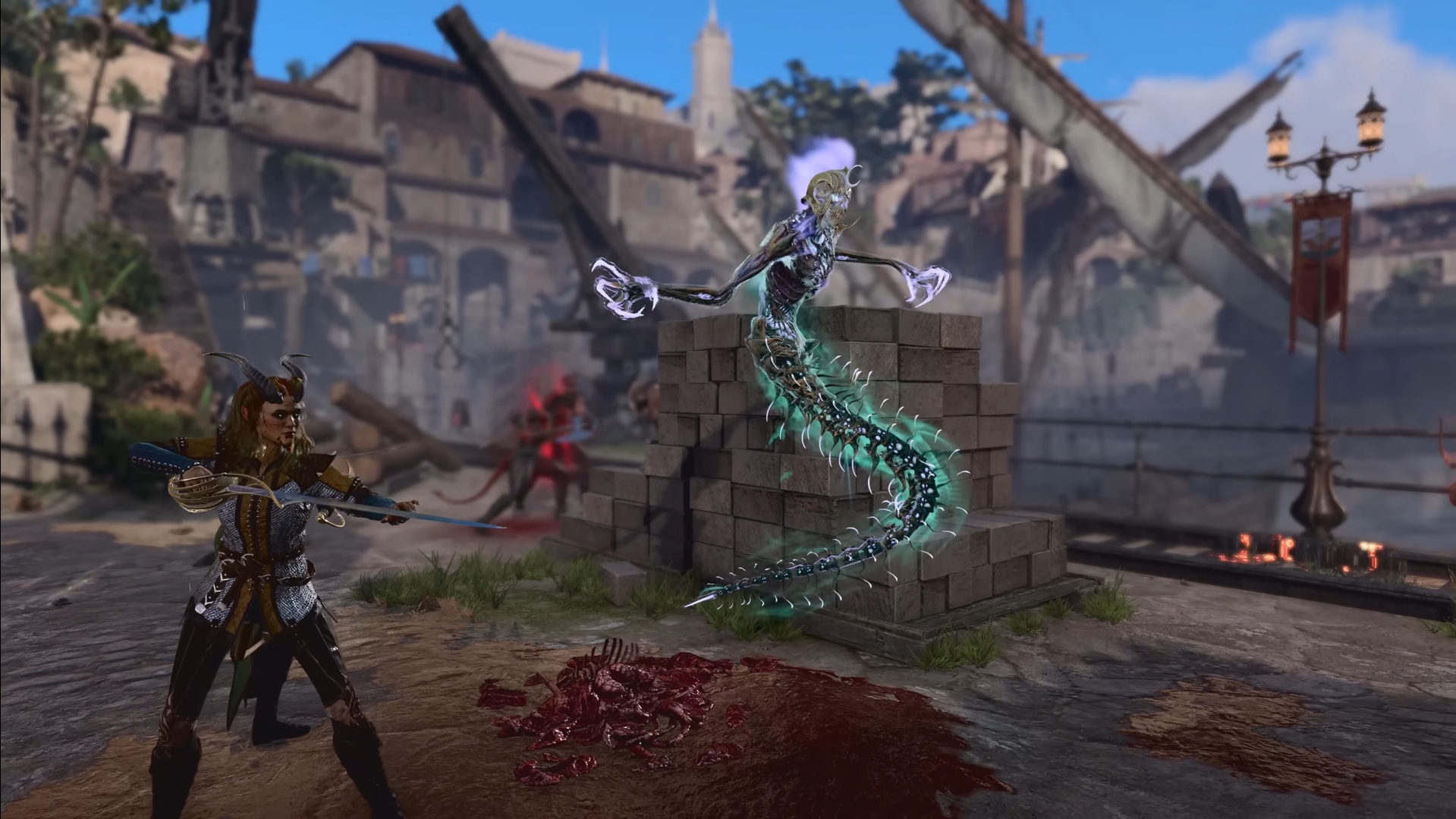
Potentially the most powerful of the new subclasses, especially in the early game, Hexblade Warlocks gain Bind Hex Weapon at level 1 and can start using the Booming Blade cantrip as their own inexhaustible version of Smite. Any enemies hit by the hexed weapon have a chance to receive the Hex Blade’s Curse. The condition allows you to do bonus damage to those afflicted by it and heals you when they die.
Additionally, living creatures who died with Hex Blade’s Curse can be used to raise an Accursed Spectre. These take on one of three increasingly powerful forms depending on the size of the fallen creature. Accursed Spectres not only deal impressive damage but also heal their summoner and use their reactions to launch additional attacks during their turn. The ability to summon undead allies adds another twist to the subclass, making it perfect for players seeking dark, necromantic themes.
1) Bladesinging Wizard
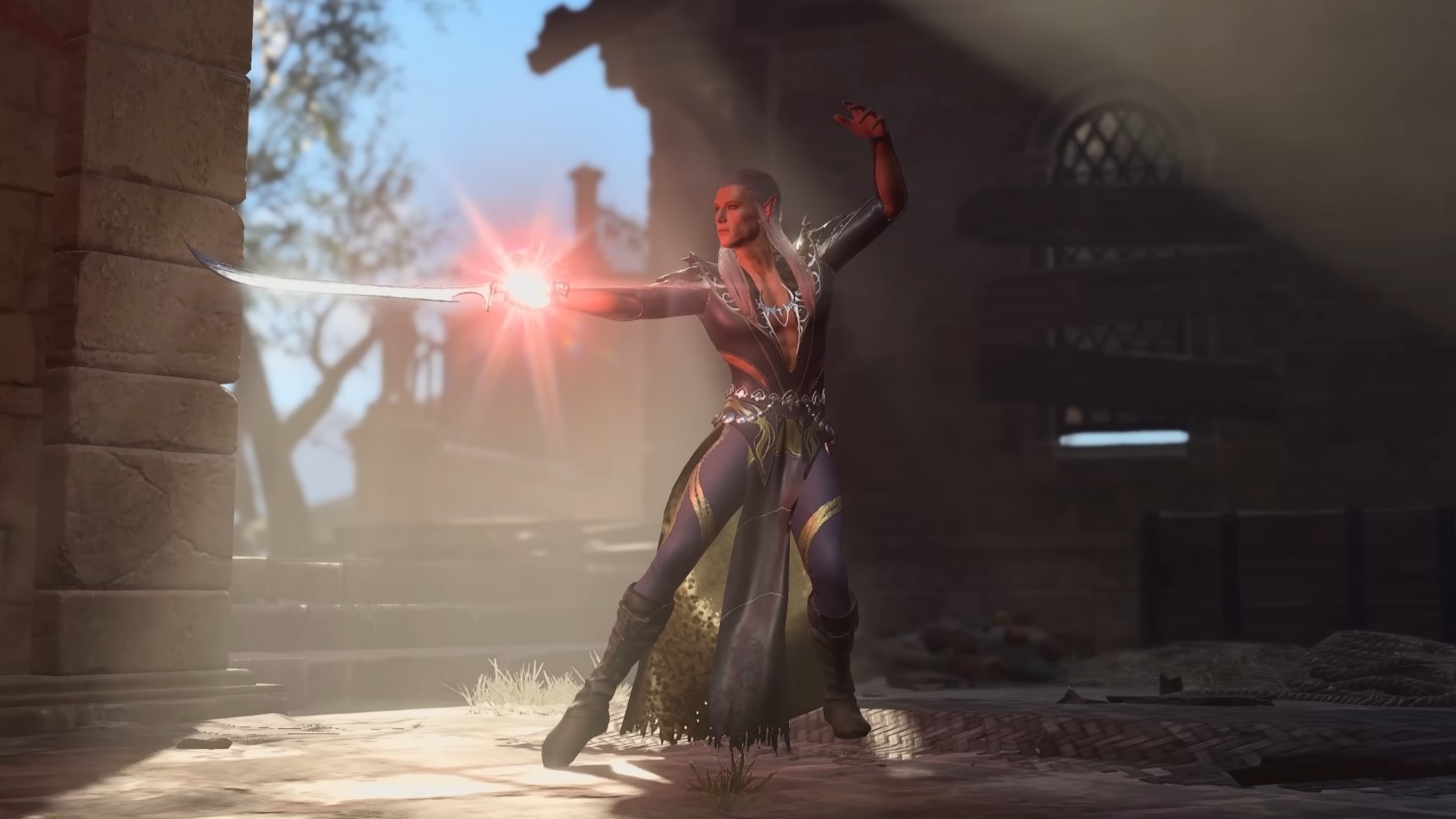
Ditching the nerdy glass cannon reputation of traditional wizards in favor of becoming quick-footed nerdy glass cannons, the Bladesinging Wizards introduce a refreshingly unique playstyle to their class. Bladesingers are proficient with bladed weapons while still learning and preparing spells like other wizards. This subclass gracefully bridges the gap between spellcasting and melee combat, offering a highly dynamic experience.
The core of the subclass’ playstyle is centered around Bladesong, which increases movement speed, AC, and provides advantage in Acrobatics. Bladesong charges accumulate as the wizard casts spells and makes weapon attacks. Bladesong Climax unleashes these charges to deal Force damage and heal in an area of effect. Combined with an extra attack at level 6, Bladesong makes wizards powerful and self-sufficient melee fighters, in addition to dimension-warping terrors on the battlefield.
Looking For More About Baldur’s Gate 3?
Thank you for reading the Baldur’s Gate 3 guide. We provide the latest news and create guides for Baldur’s Gate 3. Also, watch me play games on Twitch or visit my YouTube channel!
 Reddit
Reddit
 Email
Email


